Unveiling the Magic Behind Plastic Recycling Codes: A Guide to Choosing Eco-Friendly Promotional Products
Today, we’re diving deep into the world of plastic recycling symbols, those cryptic little icons you often find stamped on plastic items. These symbols aren’t just there for decoration; they’re your passport to responsible plastic usage and recycling.
It’s common to find plastic-based products in the promotional products space, so understanding the end of life of each type of plastic is time well spent as you work to improve your purchasing practices.
As with all promotional products, choosing durable, useful goods is the key. Leveraging your merchandise program with giveaways that help your team, clients, and partners ditch single-use plastics is always a win.
Understanding these symbols can help you make better choices when selecting promotional products for your brand. So, grab your reusable water bottle, sit back, and let’s embark on this enlightening journey together.
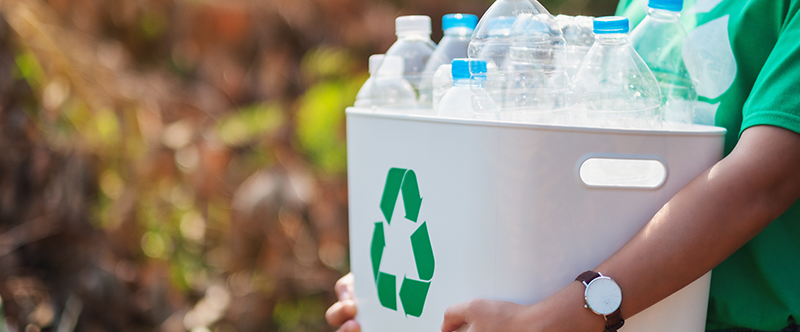
The Birth of Plastic Recycling Symbols
Back in 1988, the Society of the Plastics Industry (SPI) came up with a brilliant plan: to standardize a coding system for plastic resins. Their mission? To help folks like you and me identify the types of plastics used in our everyday items. By deciphering these symbols, we not only promote recycling but also make life easier for recycling facilities. Let’s decode these hieroglyphics and learn how to choose eco-friendly promotional products.
A Guide to Your Plastic Companions
1. PETE or PET (Polyethylene Terephthalate):
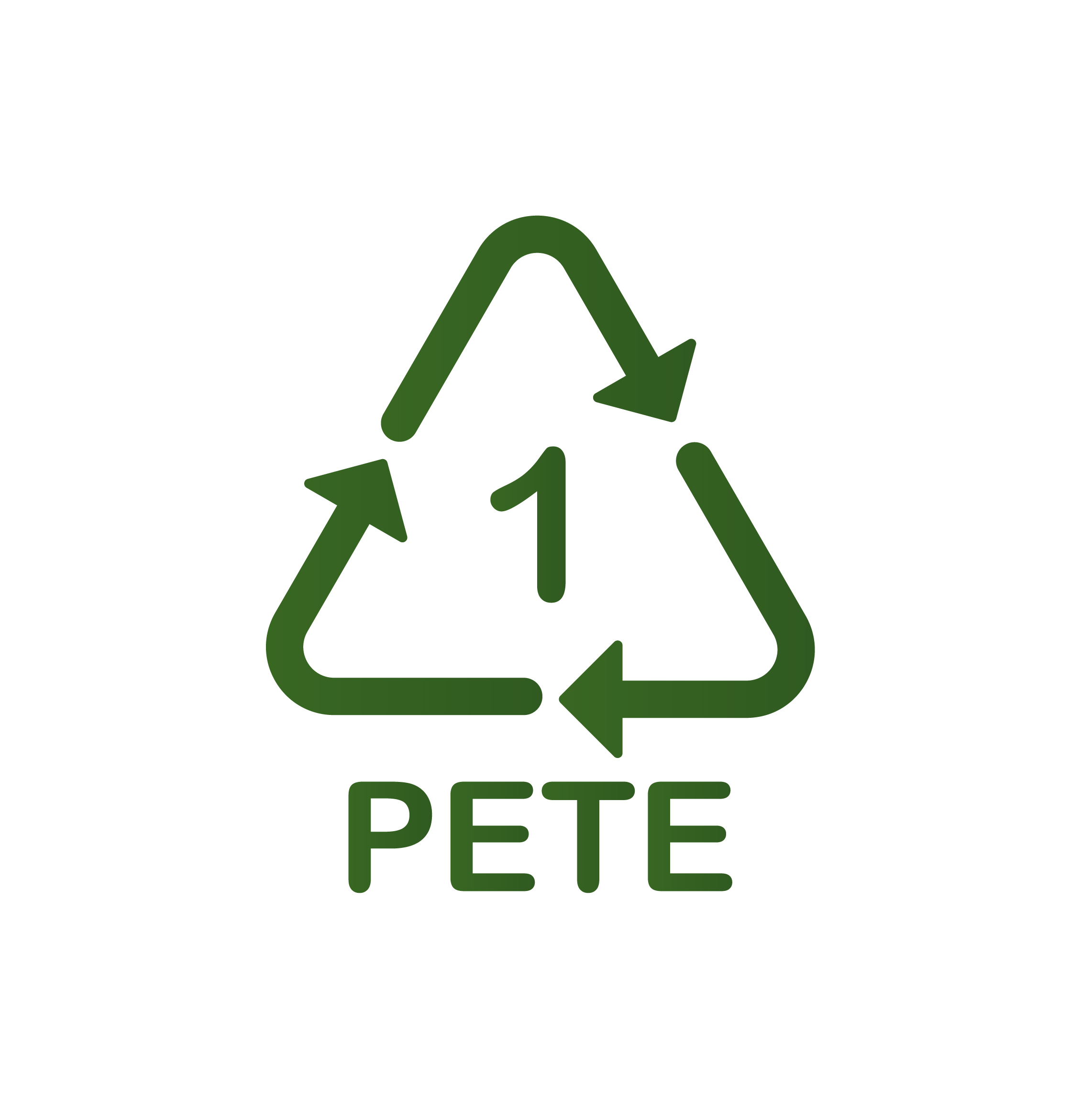
Where You See It: PET is the life of the party in your beverage bottles, food containers, and even your favourite polyester clothing.
Eco-Friendly Promo Choices: Opt for reusable water bottles, tote bags, and T-shirts made from recycled PET. These are not only durable but also showcase your commitment to sustainability by supporting the recycled material economy.
Recycling Magic: PET is one of the most recycled plastics. Once processed, this product can be transformed into fleece clothing, fresh bottles, and snazzy carpet fibres. Most communities accept PET bottles in their curbside recycling programs, making it an easy source of recycled materials and a win for consumers.
Product Showcase: RPET is one of the most common recycled materials used in promotional products. From hard goods like pens and drinkware to t-shirts, hoodies, and hats, RPET is becoming more and more common.
We look for GRS (Global Recycling Standard) certification to ensure recycled materials are what they say they are. Increasingly, technology aimed at bringing transparency to supply chains is making it easier to trace where materials are coming from.
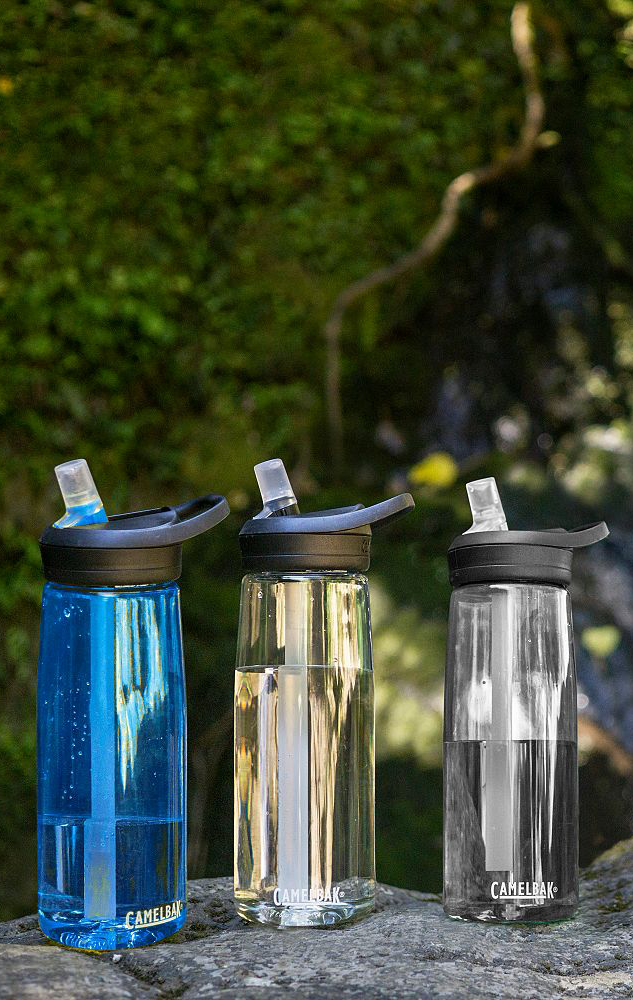
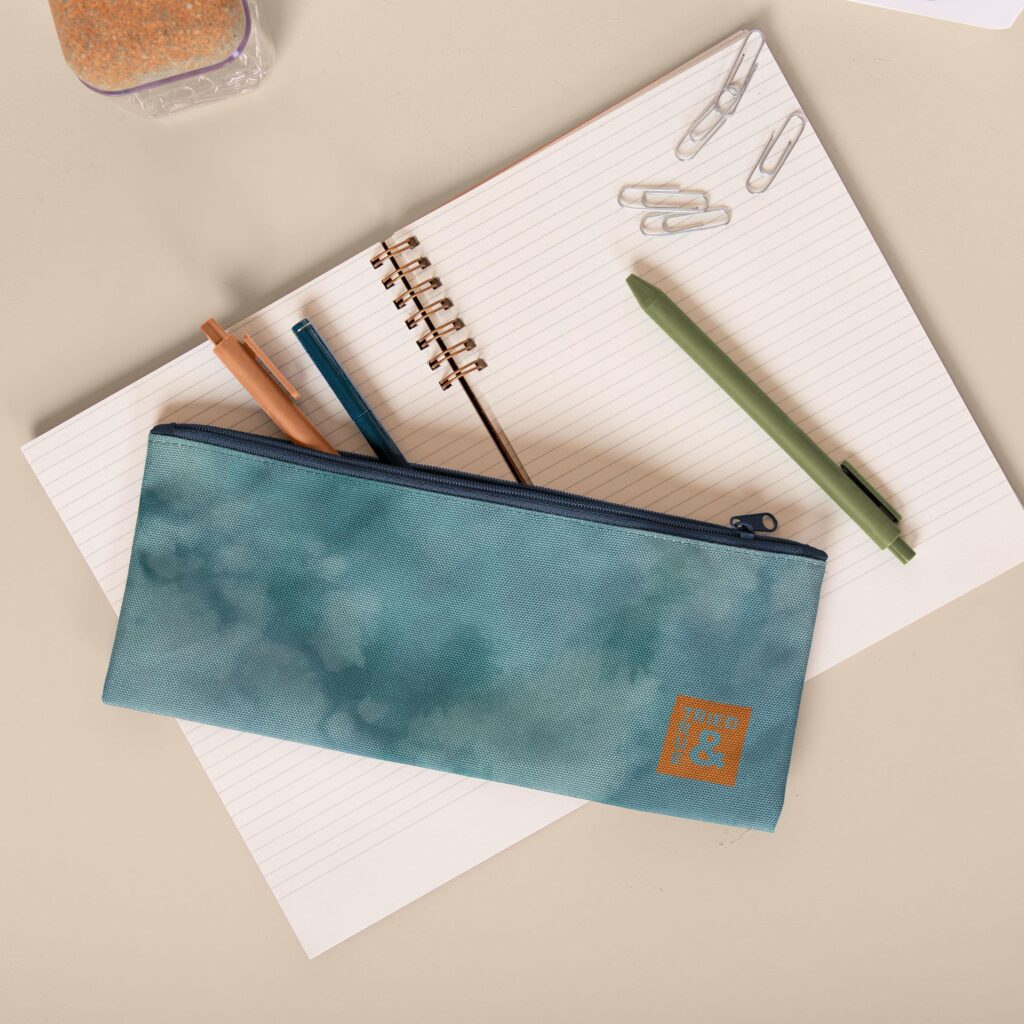


2. HDPE (High-Density Polyethylene):

Where You See It: HDPE stars in milk jugs, detergent bottles, and trusty plastic bags.
Eco-Friendly Promo Choices: Choose items like reusable shopping bags, sports bottles, and eco-friendly promotional pens. These products are tough and ready for multiple uses.
Recycling Magic: When reborn, HDPE rocks the stage as plastic lumber, robust trash cans, and playground equipment.
3. PVC (Polyvinyl Chloride):
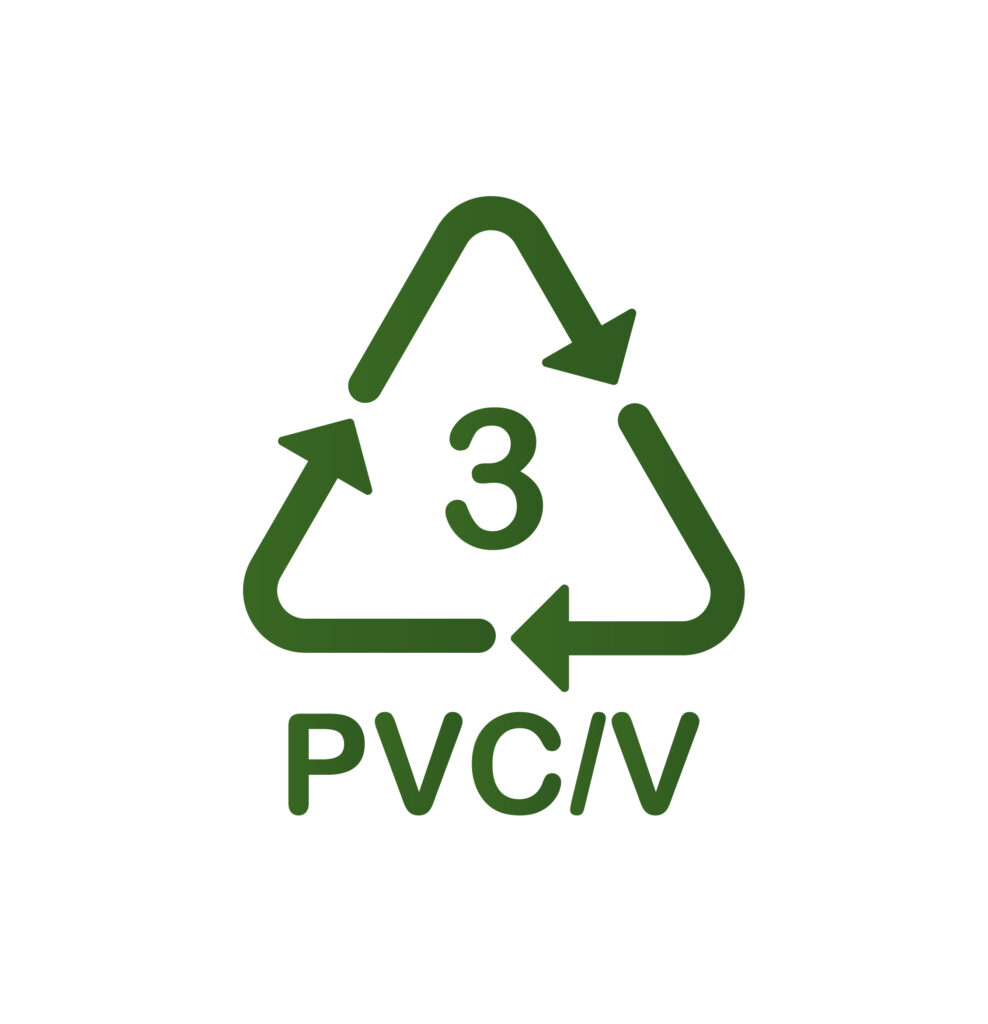
Where You See It: PVC makes appearances in pipes, vinyl flooring, bags and coolers, signage, and some food wrap.
Eco-Friendly Promo Choices: It’s best to avoid PVC in promotional products due to its recycling challenges and issues with toxicity in manufacturing. Instead, seek alternatives made from a higher content of reclaimed plastics or non-chlorinated vinyl (PEVA).
Recycling Magic: Recycling PVC can be a bit of a puzzle. There are few options for end-of-life.
4. LDPE (Low-Density Polyethylene):
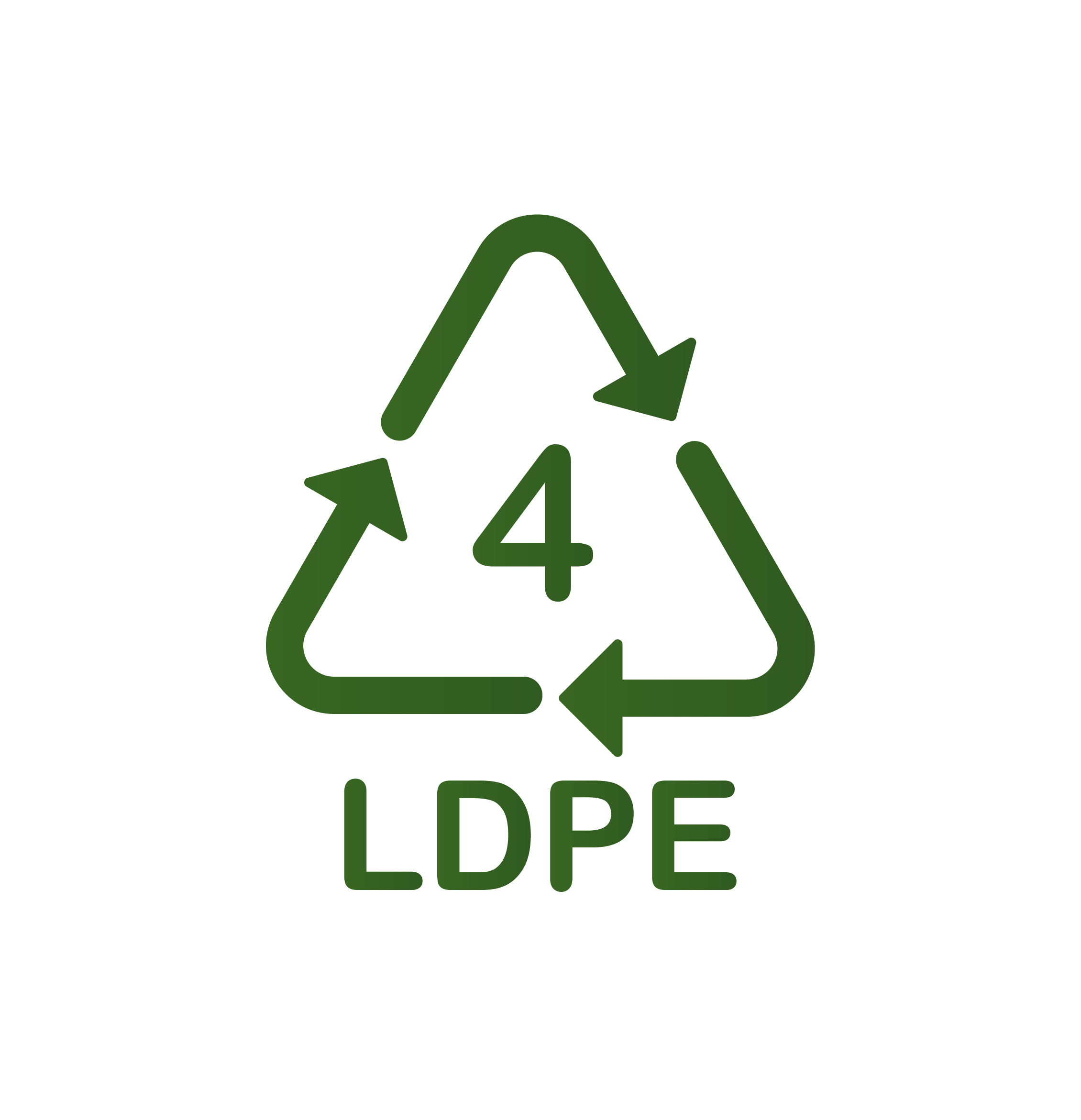
Where You See It: LDPE is the hero behind plastic wraps, grocery bags, and squeezable bottles.
Eco-Friendly Promo Choices: Consider products like reusable bags, pouches, and flexible packaging that can be recycled.
Recycling Magic: Post-recycling, LDPE is transformed into practical items like more plastic bags, eco-conscious compost bins, and more.
5. PP (Polypropylene):
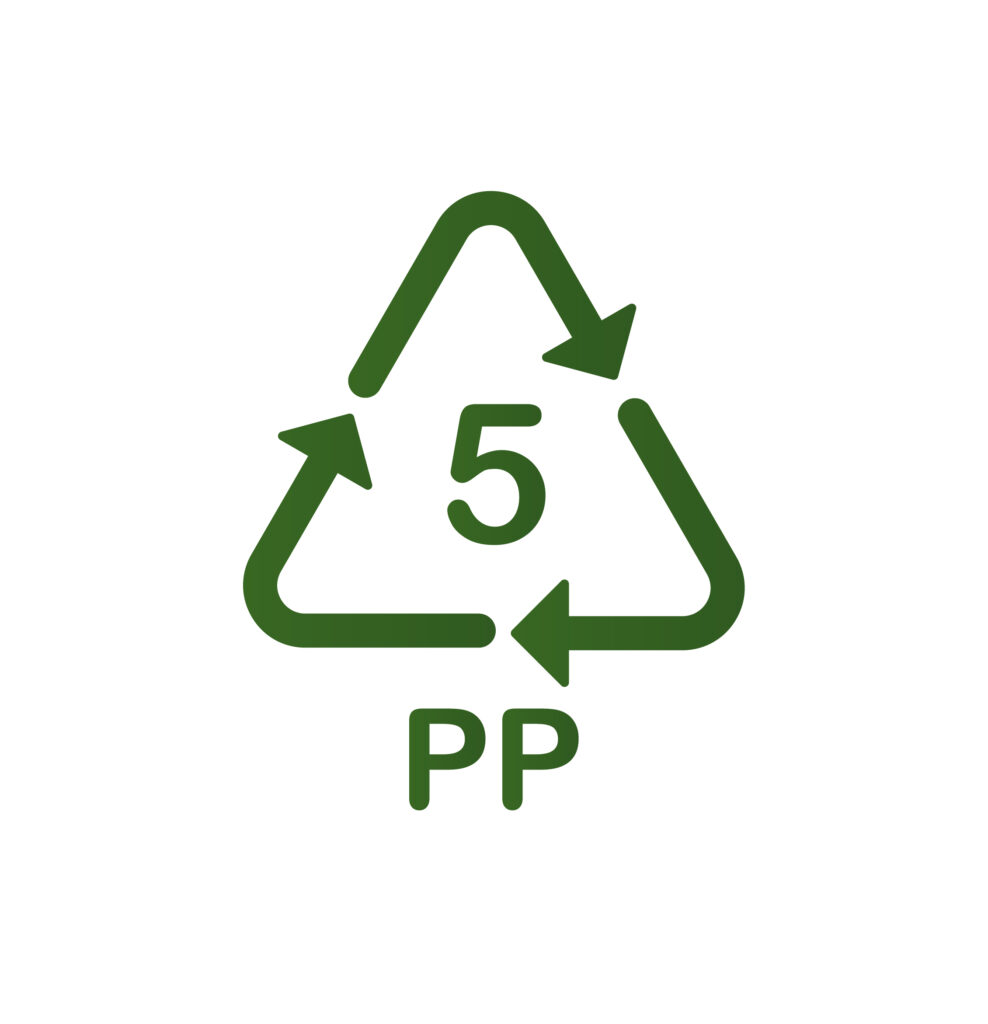
Where You See It: PP is the star in yogurt containers, bottle caps, and straws. It’s a very common plastic in the promo industry.
Eco-Friendly Promo Choices: Select durable promotional items like reusable straws, food containers, and high-quality drinkware made from PP.
Recycling Magic: After recycling, PP plays roles in broom bristles, garden tools, and sturdy plastic pallets.
Product Showcase: Polypropylene is another common plastic found in the promotional product industry. The most common use of recycled polypropylene is in reusable shopping bags. While rigid polypropylene (think yogurt container) is commonly used in curbside recycling programs, you might have to find a specific recycling centre to manage this common material in bag/textile form.

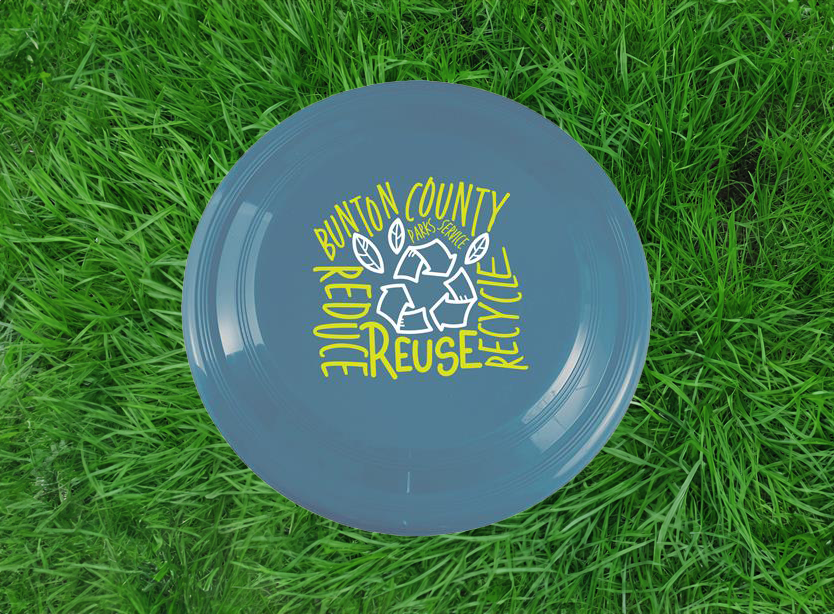
6. PS (Polystyrene):
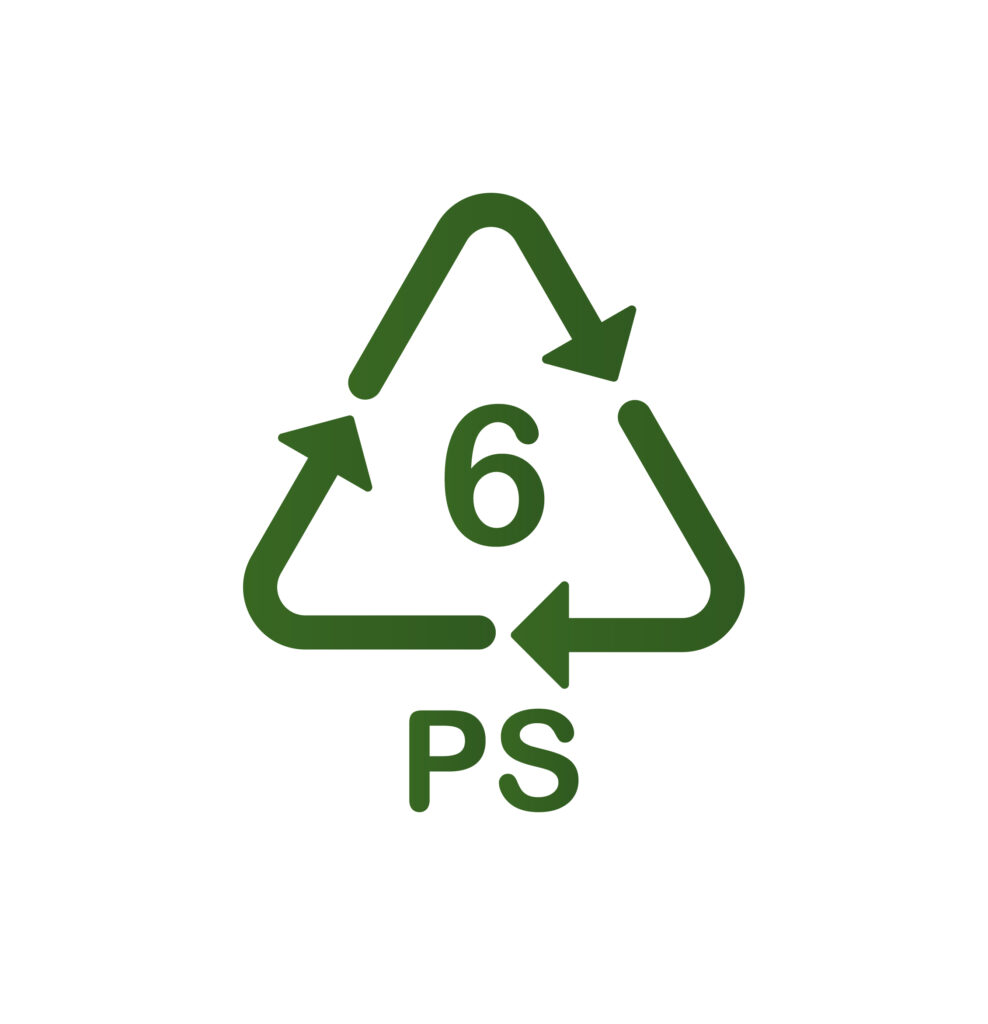
Where You See It: PS is found in disposable plates, cups, and foam packaging.
Eco-Friendly Promo Choices: Steer clear of PS for promos due to its recycling difficulties. Opt for alternatives made from more easily recycled materials.
Recycling Magic: Recycling PS can be tricky due to its lightweight nature, but some programs accept it. Best to avoid.
7. Other (Resin Identification Code 7):
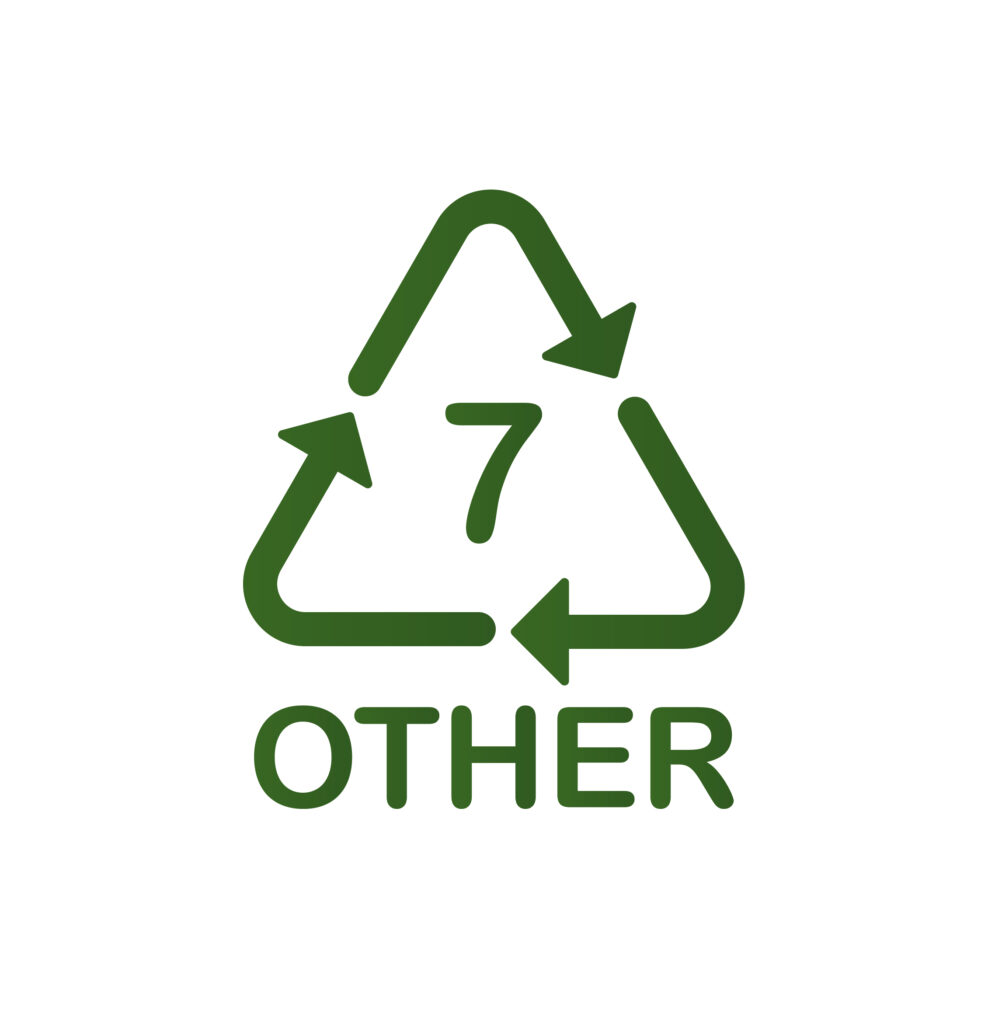
Where You See It: This eclectic category includes various plastics like polycarbonate (your cool eyewear material) and other lesser-known materials.
Eco-Friendly Promo Choices: Items made from code 7 plastics[1] can be harder to recycle, so look for alternatives whenever possible or ensure they are made from a specific type of plastic with recycling options.
Recycling Magic: Recycling options are not easy for these plastics. If you have to use them, look for durable goods that can be reused and displace single-use plastic.
Why Should You Care about Recycling?
- Recycling reduces the environmental toll of producing and disposing of these materials, earning you extra points in the eco-hero department.
- If done properly, it diverts plastics from landfills and incinerators, contributing to less waste and lower disposal costs.
- Conserves valuable resources, like oil, by giving plastics a second life. It’s like thrift shopping for materials! See our blog, 9+ Sustainable ways to Upcycle Vinyl Banners and Billboards.
- Consumes less energy than crafting new plastics from scratch, making it the energy-efficient choice.
- It also acts as a cornerstone of the circular economy, where products are designed for durability, repair, and recycling, ending the madness of single-use plastic.
Looking for more info on eco-friendly and sustainable materials? Check out our blog post on Bamboo Fibres.

Conclusion
If you’re looking for more information on how to communicate and market your use of recycled promotional products, we recommend getting familiar with the FTC Guidelines on Environmental Marketing Claims (especially the section on recyclability and recycled material claims) or the Anti Greenwash Guide for Agency Leaders.
Understanding plastic recycling symbols is your secret weapon for choosing eco-friendly promotional products. By deciphering these symbols and making informed choices, you’re not just saving the Earth; you’re setting the stage for a more sustainable future. The next time you spot these symbols, remember they’re the keys to our collective eco-success. Choose wisely, promote responsibly, and happy recycling!
See something you like or want to learn more?
